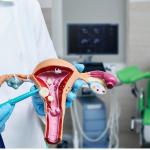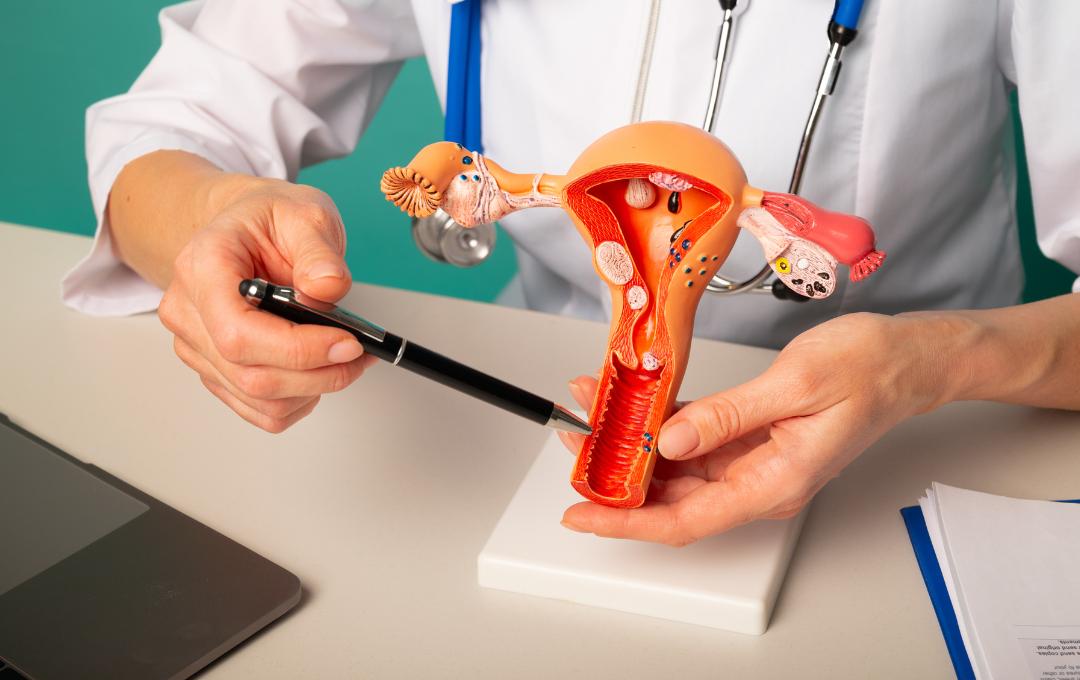
Understanding reproductive health conditions, such as fibroids and ovarian cysts, is important for many women, especially as these two conditions are often mistaken as the same thing. Fibroids and ovarian cysts are two distinct gynecological conditions that can affect women’s reproductive health.
Many women have the potential to develop ovarian cysts and fibroids at some point in their lives and have also reported having both cysts and fibroids simultaneously.
What Causes Ovarian Cysts and Fibroids?
Fibroids and ovarian cysts have been used interchangeably. Ovarian cysts are fluid-filled sacs that develop in the ovaries, while fibroids are solid, benign tumorous growths that develop in the uterus. Aside from the physical differences, there are different causes leading to the development of these conditions.
Ovarian Cysts
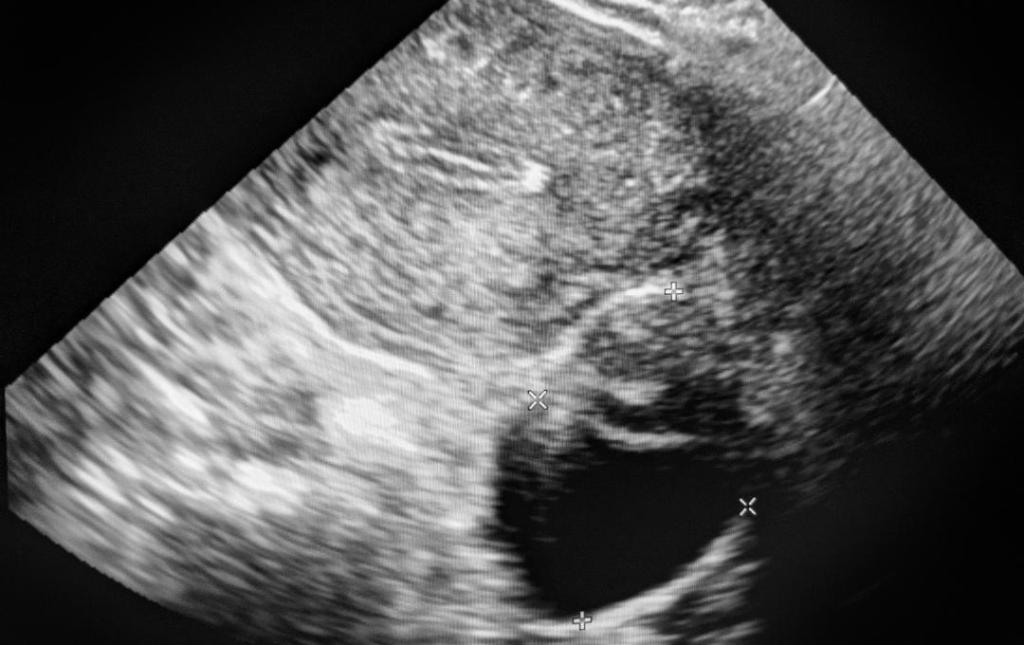
As the name suggests, ovarian cysts form inside the ovaries. While most cysts form due to your menstrual cycle, several other factors contribute to their development, such as hormonal imbalances and medication aiding in ovulation. Other reasons include endometriosis, pregnancy, and infections from pelvic inflammatory disease brought on by STIs.
Fibroids
While the exact cause of fibroids is still unknown, scientists believe there are a few probable causes. Hormones are one of the possible causes, but other possible reasons fibroids develop include a combination of genetics and risk factors such as race and if a woman is premenopausal.
Symptoms of Ovarian Cysts and Fibroids
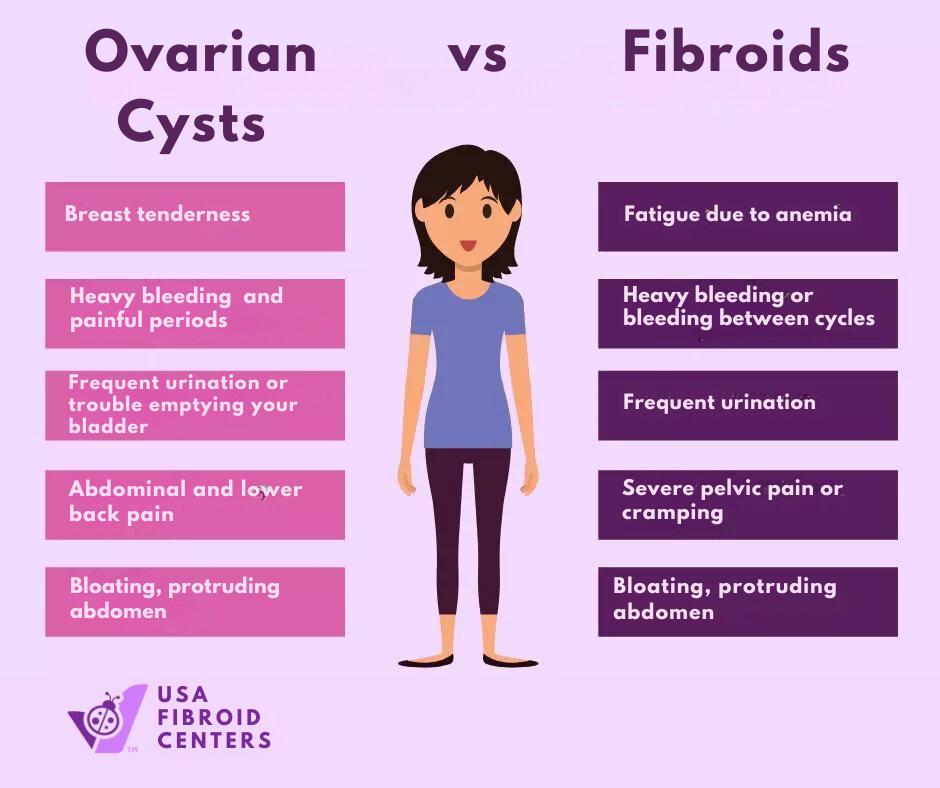
Figuring out if the symptoms you’re experiencing are from ovarian cysts or fibroids can be difficult due to their similarities. Symptoms that could point towards either condition include heavy bleeding, frequent urination, and bloating.
However, ovarian cysts and fibroids have a few different clues. For ovarian cysts, these symptoms include breast tenderness, unexplained weight gain, or experiencing “bulky ovary symptoms,” indicating the possibility of enlarged ovaries. A couple of symptoms that are more consistent with fibroids are fatigue (a result of anemia) and heavy periods.
Despite their similarities, fibroids and ovarian cysts are not the same condition and require different diagnostic and treatment approaches. Proper evaluation and accurate diagnosis by a healthcare provider are essential to differentiate between cysts and fibroids and determine the most appropriate management and treatment.
Are your symptoms consistent with fibroids?
CHECK YOUR FIBROID SYMPTOMS HERE
Frequently Asked Questions about Fibroids and Ovarian Cysts
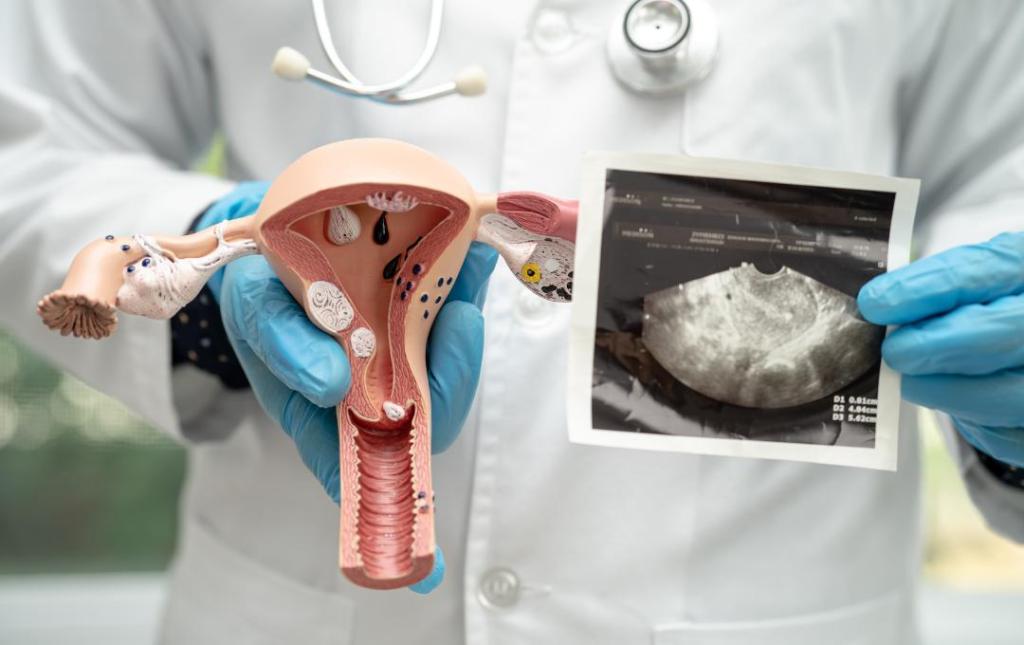
These frequently asked questions can provide additional insight if you want to learn more about ovarian cysts and fibroids that occur together. For more information on your specific situation or to receive a diagnosis, consult a fibroid specialist.
Can you get Pregnant with Fibroids and Ovarian Cysts?
While it is possible to get pregnant if you have fibroids and ovarian cysts, their size and location can affect the likelihood of a successful pregnancy. Large fibroids may obstruct the fallopian tubes and limit the space available for a growing fetus, increasing the risk of complications and making it more difficult to conceive.
For ovarian cysts, unless they are linked to conditions like endometriosis, the cysts are generally not a direct cause of infertility. Conditions like Polycystic Ovary Syndrome (commonly known as PCOS) that impact hormonal imbalances can affect fertility and may require medical intervention for successful conception.
Is it Possible for Fibroids to Grow on the Ovaries?
Although there are different kinds of fibroids that are classified by their size and location, they do not grow within the ovaries or the Fallopian tubes. Although fibroids typically grow within the uterus, they can develop outside the uterine cavity.
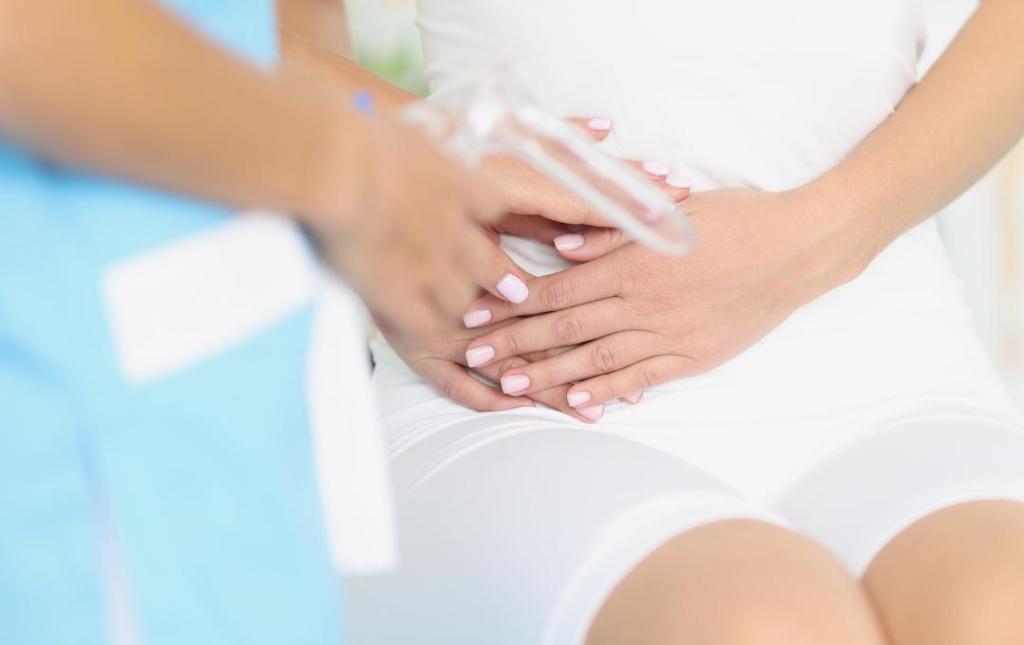
Can Fibroids Form Alongside Other Conditions?
There are a variety of reproductive health conditions that can develop along with fibroids besides ovarian cysts. Some of these conditions include PCOS and endometriosis.
What Treatments Are Available for Ovarian Cysts and Fibroids?
For ovarian cysts and fibroids, doctors use a few different procedures for treating these conditions.
Most of the time, ovarian cysts go away on their own, and if they’re painful, taking over-the-counter pain medication like ibuprofen is enough. If the cysts don’t go away on their own, surgical procedures such as laparoscopy are available to remove the cyst.2 Other treatments can include using a needle to drain cysts, medications, and injections.
Fibroid treatment can range from a variety of major and minor surgeries. Major surgeries such as hysterectomies and myomectomies used to be more common in treating fibroids, although there is a high risk of infertility and major blood loss. Another option is the Acessa™ Procedure, which is less invasive compared to a hysterectomy or myomectomy, although it still requires going under anesthesia.
For women who are looking for a non-surgical option with less risk, quicker recovery, and better outcomes, uterine fibroid embolization (UFE) is a great option to pursue. USA Fibroid Center’s top fibroid specialists perform this minimally invasive treatment for fibroids which is less likely to affect their fertility. UFE is an outpatient procedure where patients can go home the same day as the treatment, and it only takes about five to seven days for women to return to their everyday activities.
Visit USA Fibroid Centers Today for Treatment
At USA Fibroid Centers, we are dedicated to educating people about uterine fibroids and the minimally invasive treatment option of UFE. Schedule your first evaluation with one of our experienced fibroid specialists by calling 855.615.2555 or clicking the button below.
References
- Joseph Acchiardo, Essence Maita, and Ketan Jobanputra, “Ultrasound-Guided Diagnosis of Multiple Uterine Fibroids in a Patient with Polycystic Ovaries and Treatment with Relugolix, Estradiol, and Norethisterone Acetate,” Cureus, May 15, 2023, https://www.ncbi.nlm.nih.gov/pmc/articles/PMC10266936/
- “Ovarian Cysts: Overview – Informedhealth.Org – NCBI Bookshelf,” National Library of Medicine, 2019, https://www.ncbi.nlm.nih.gov/books/NBK539572/.


